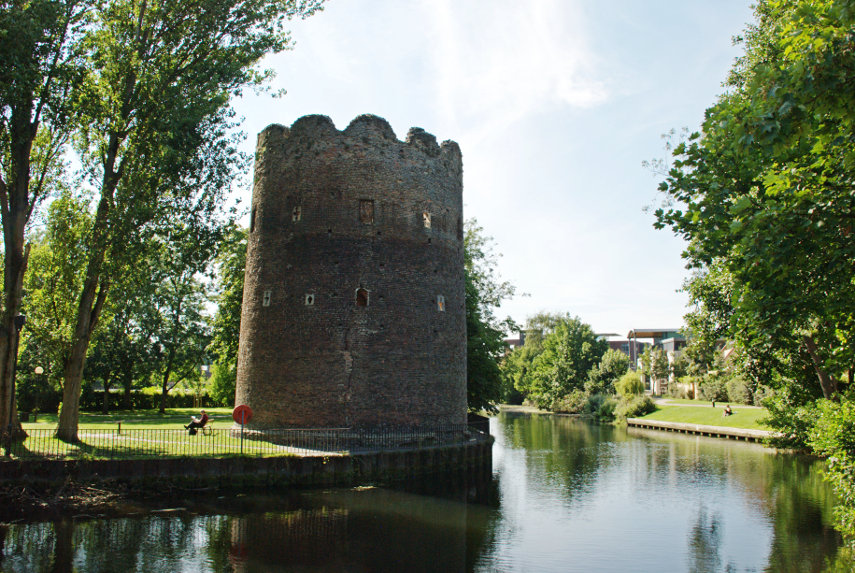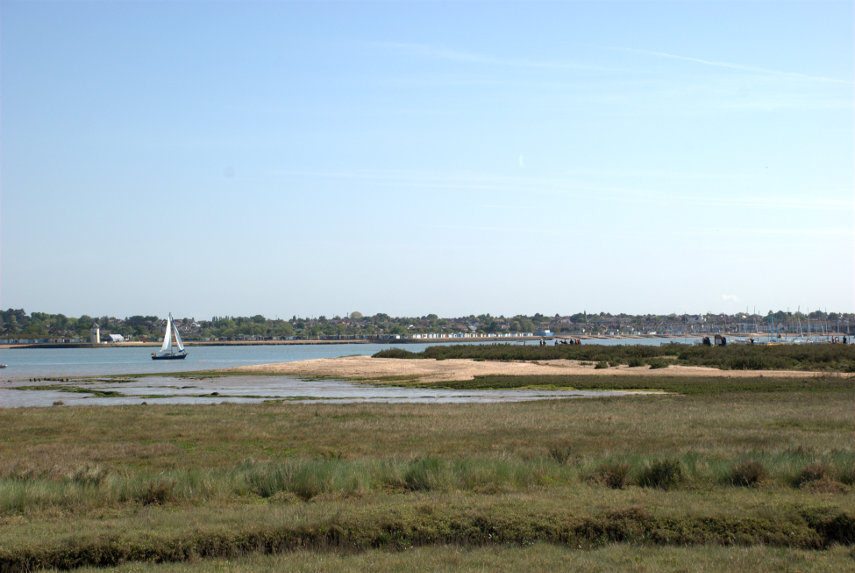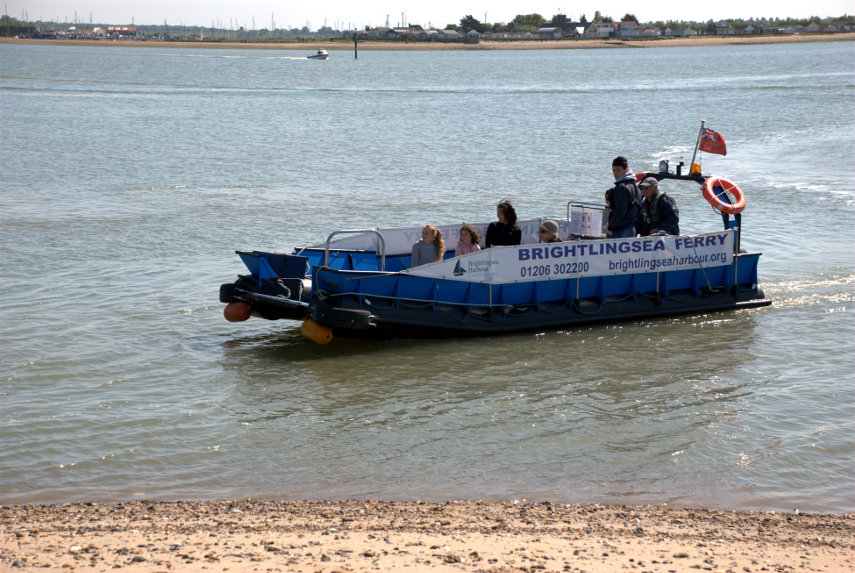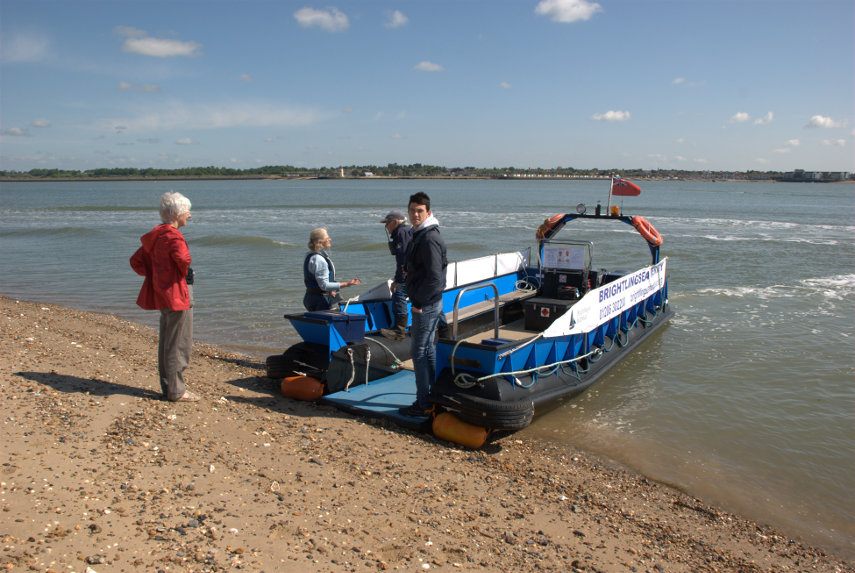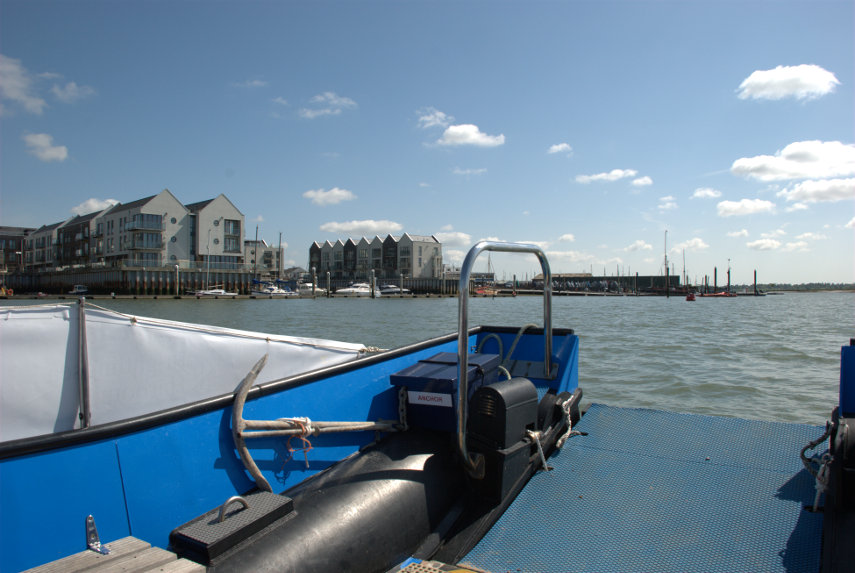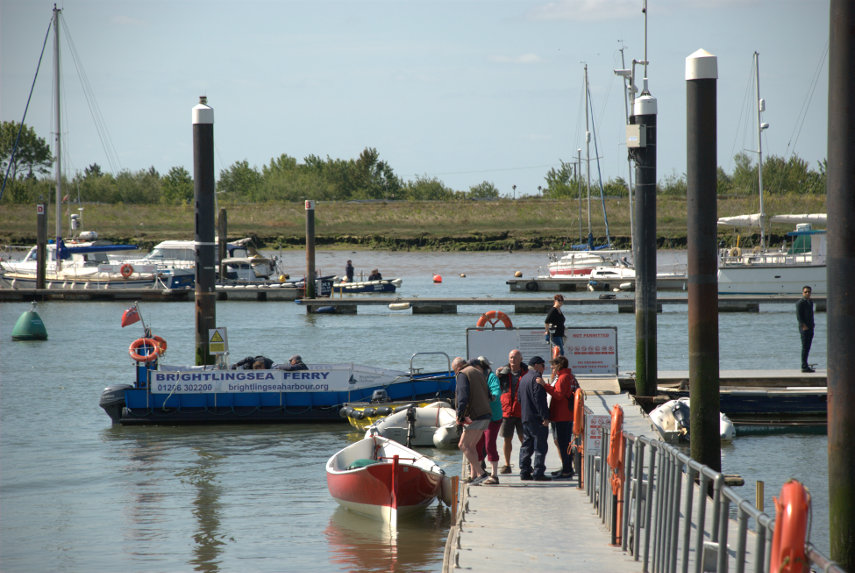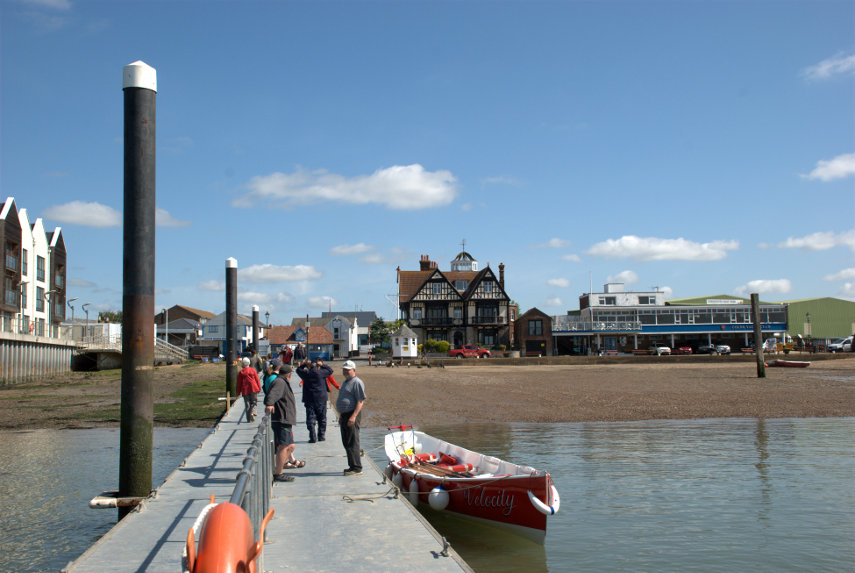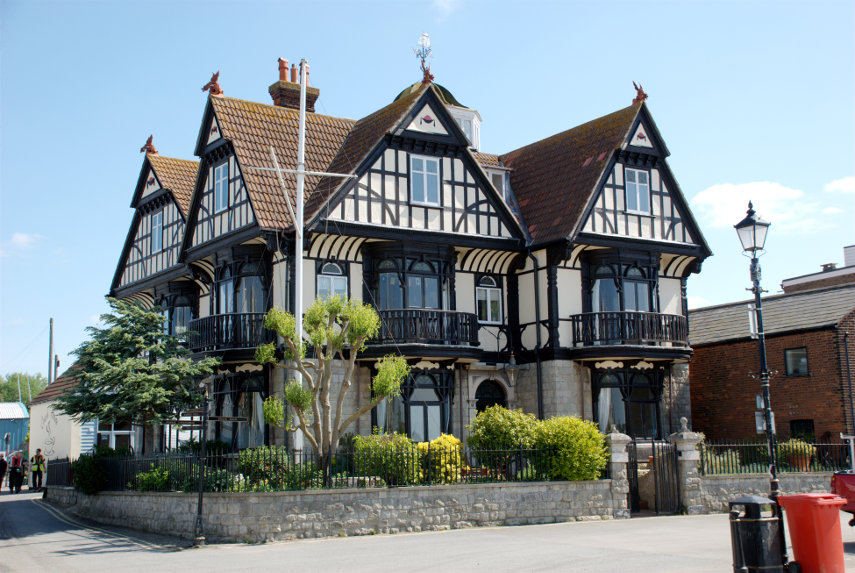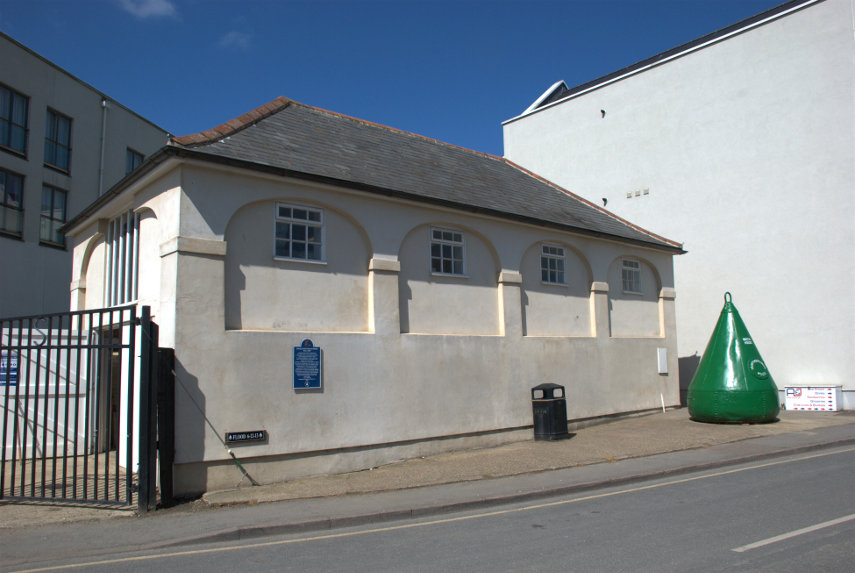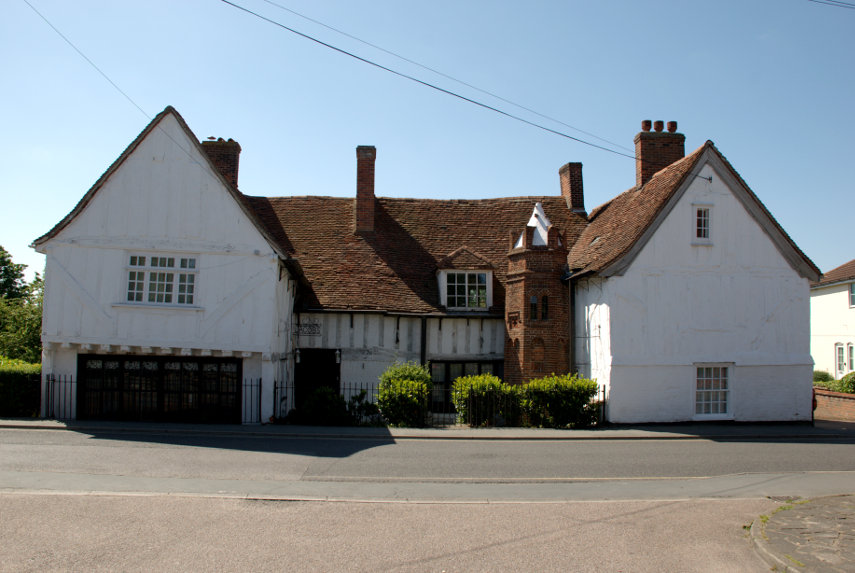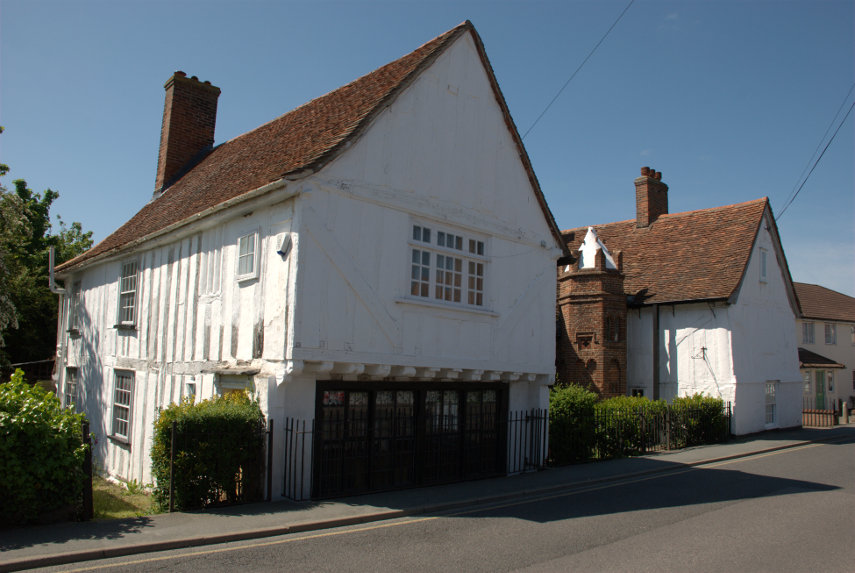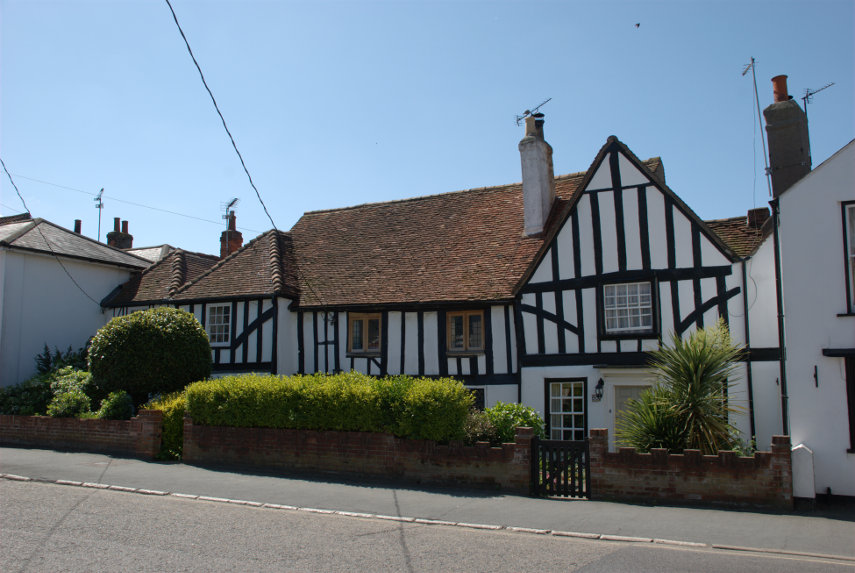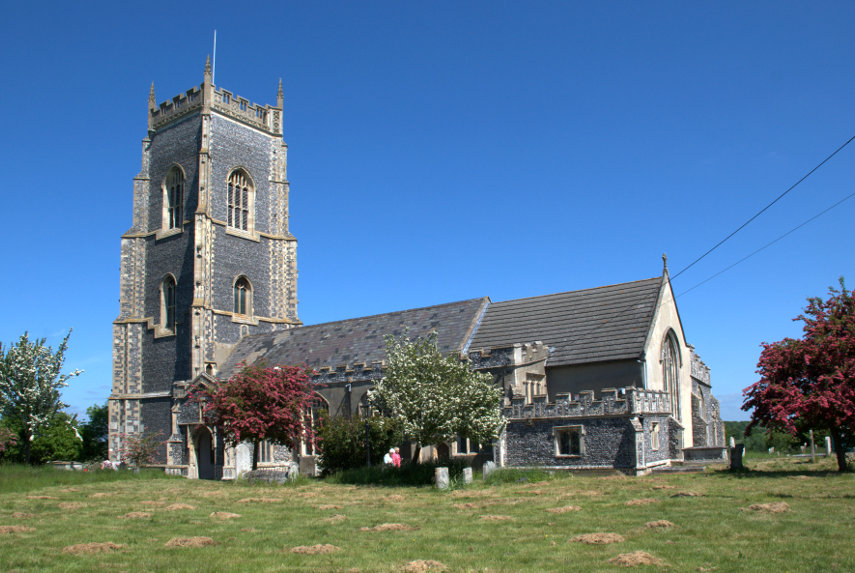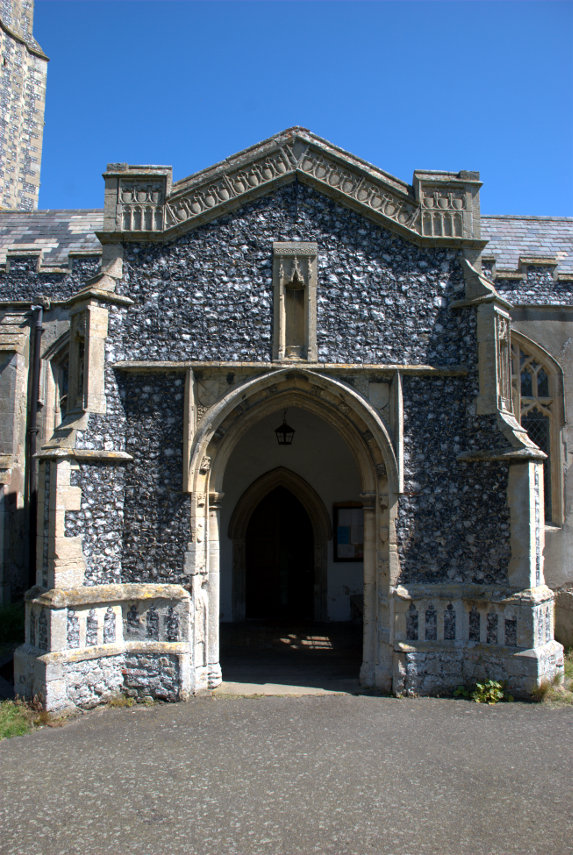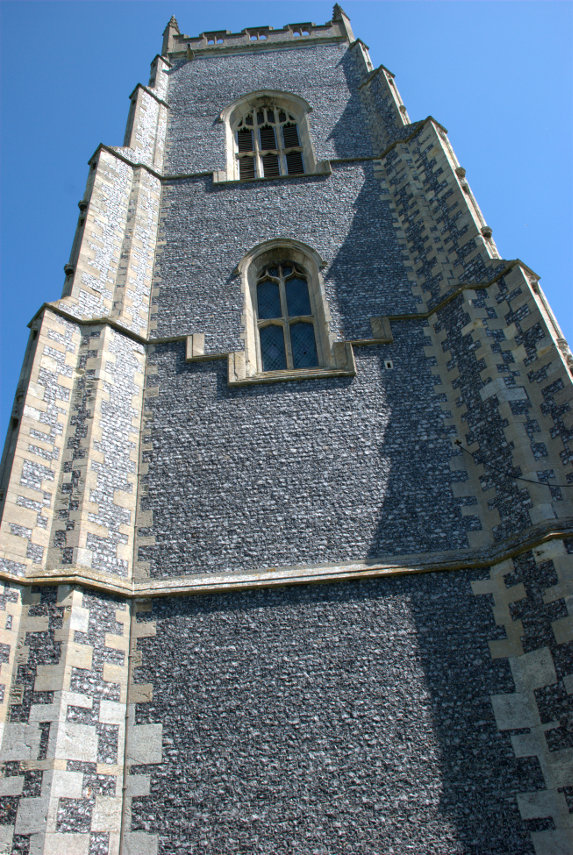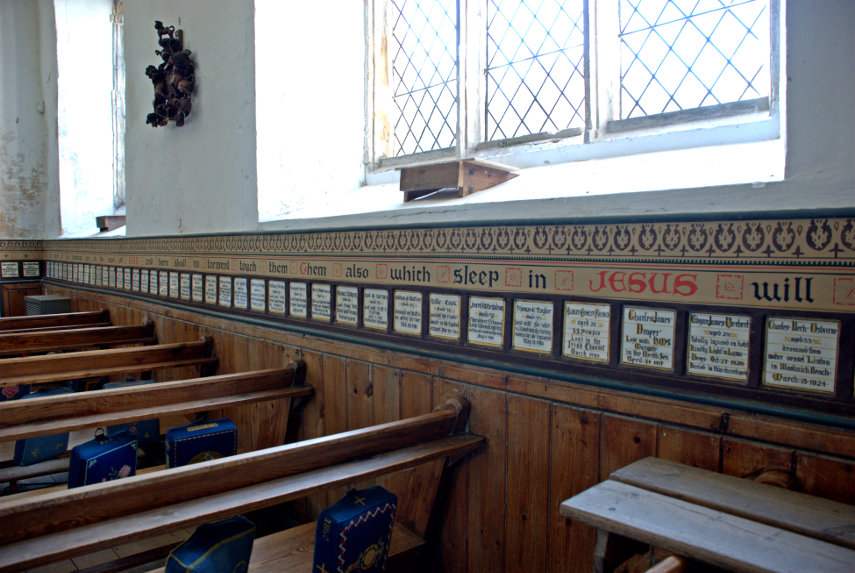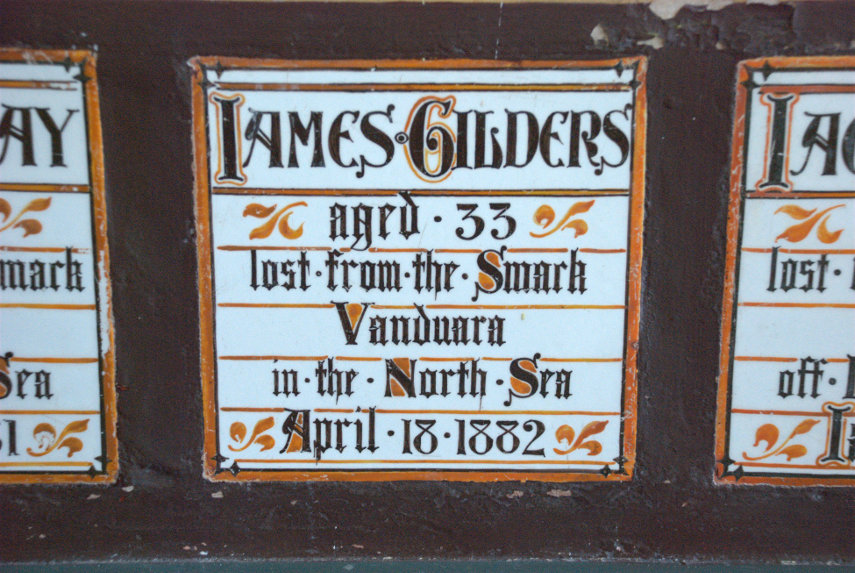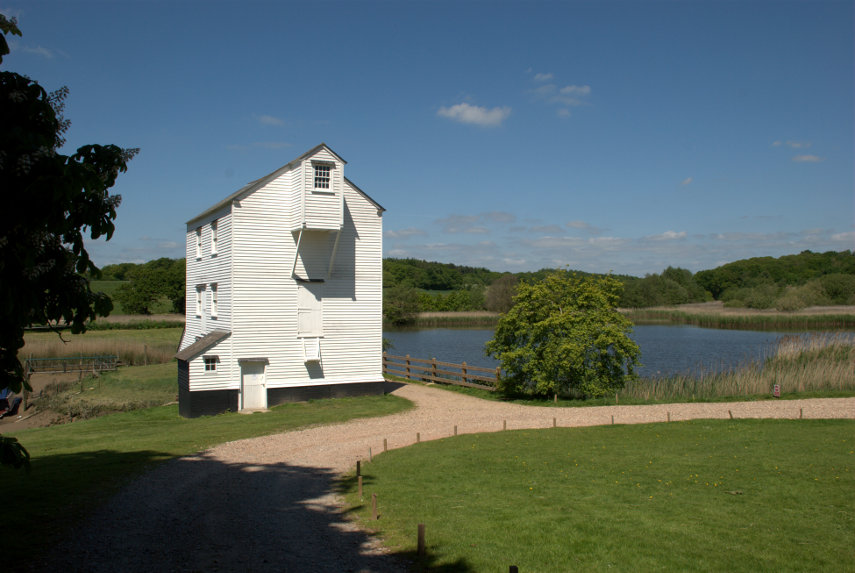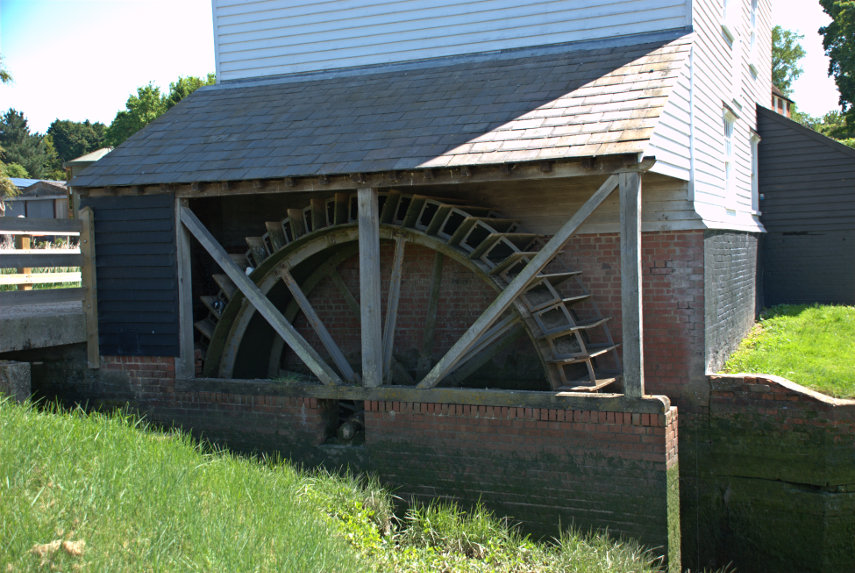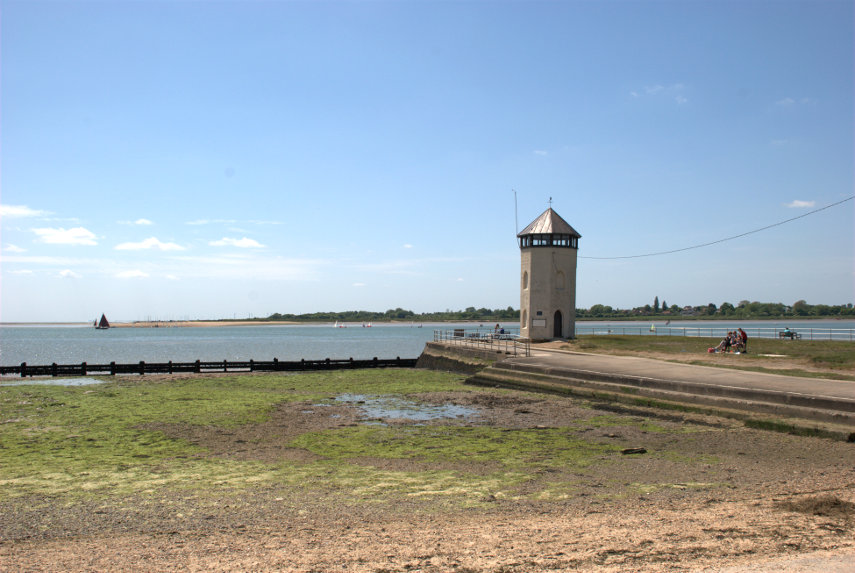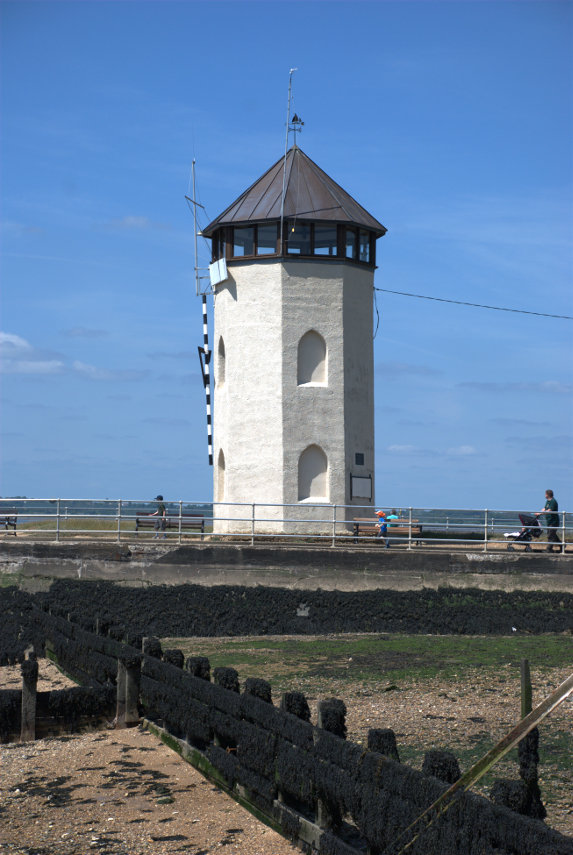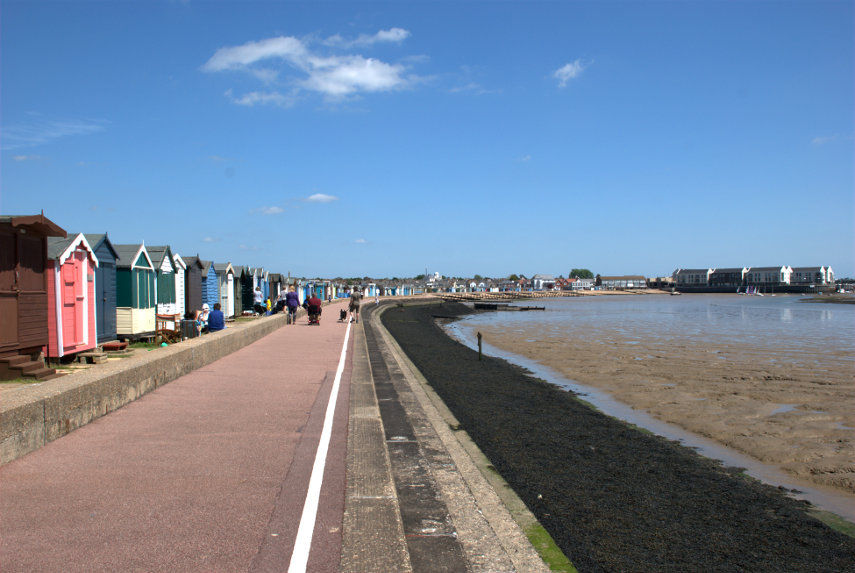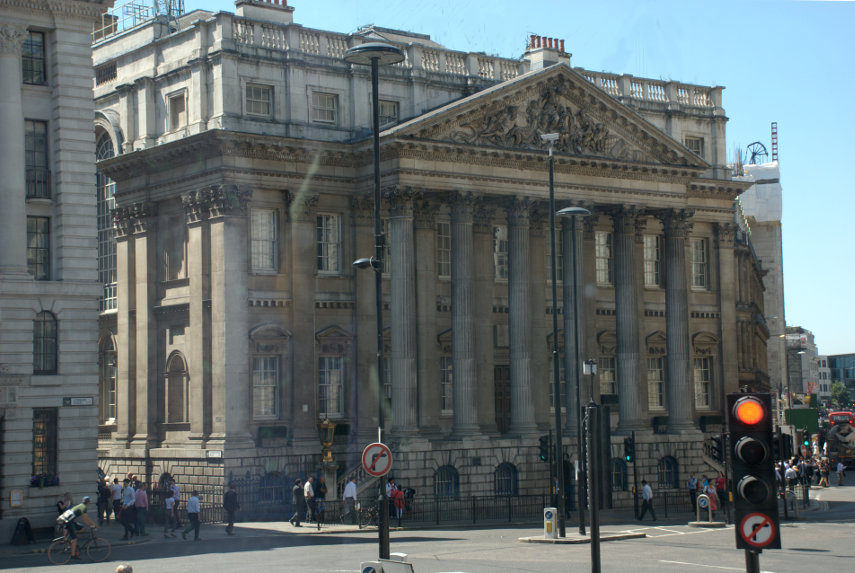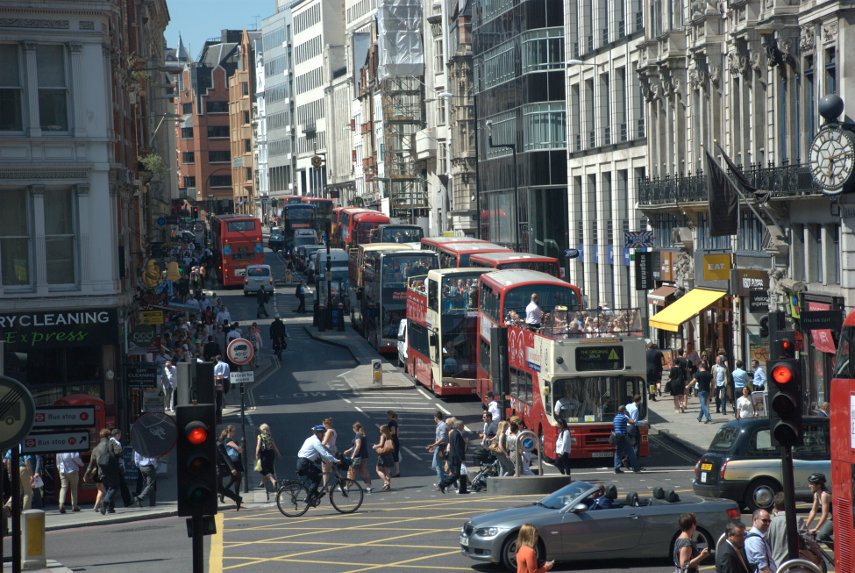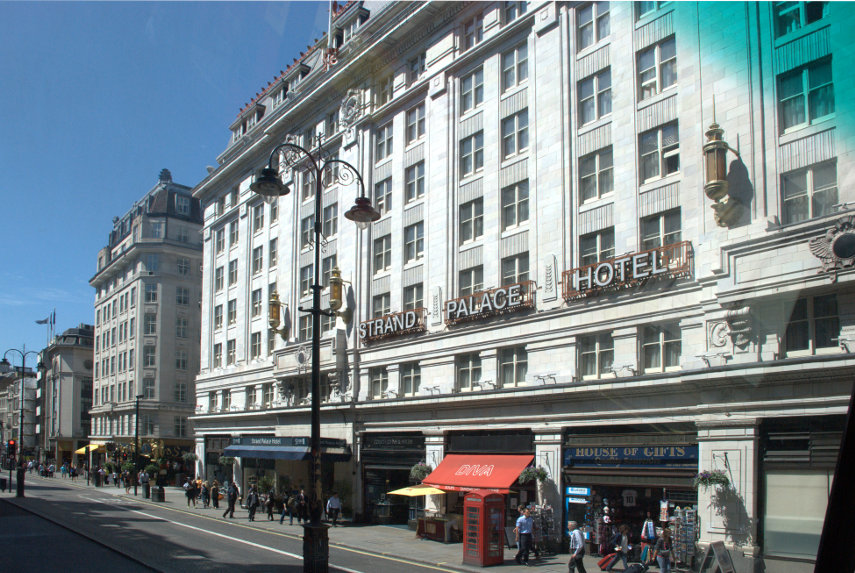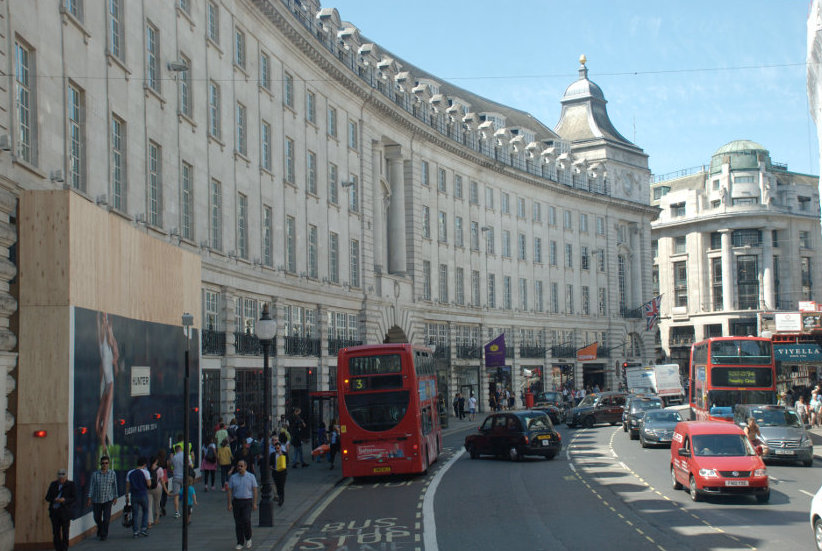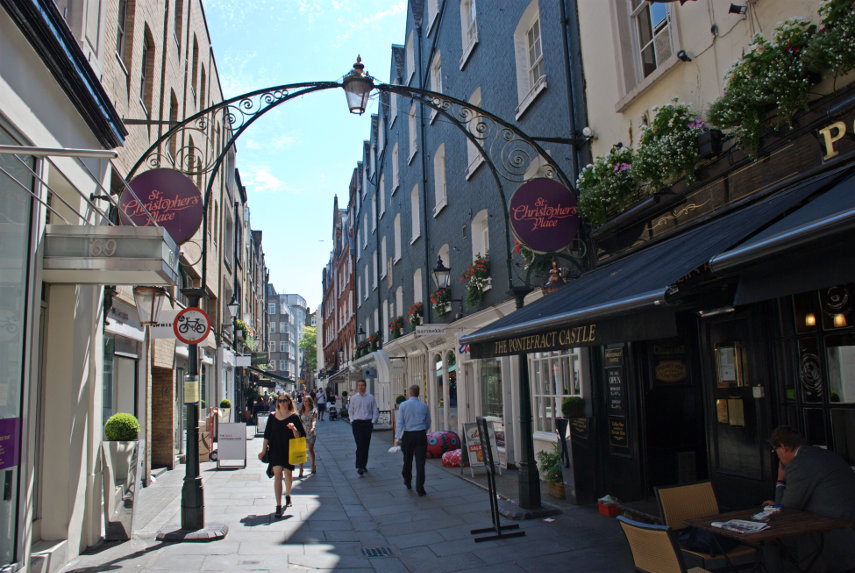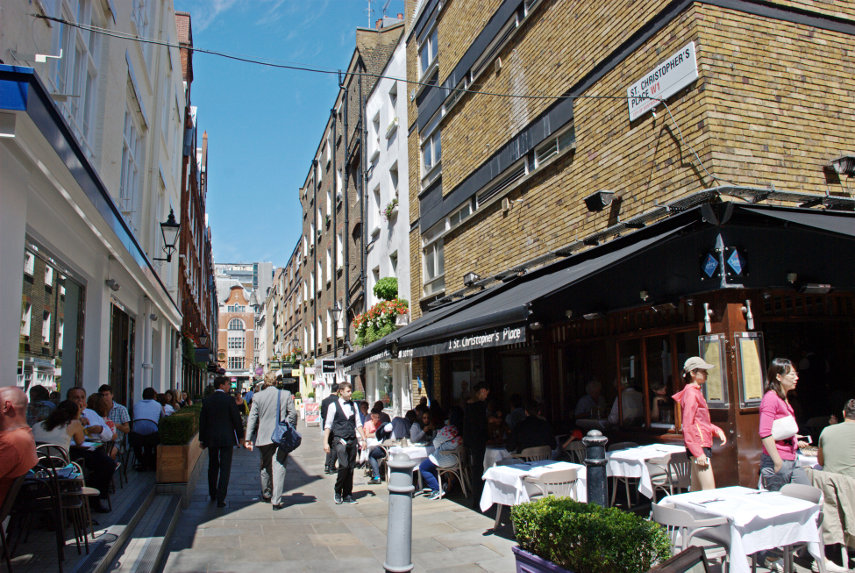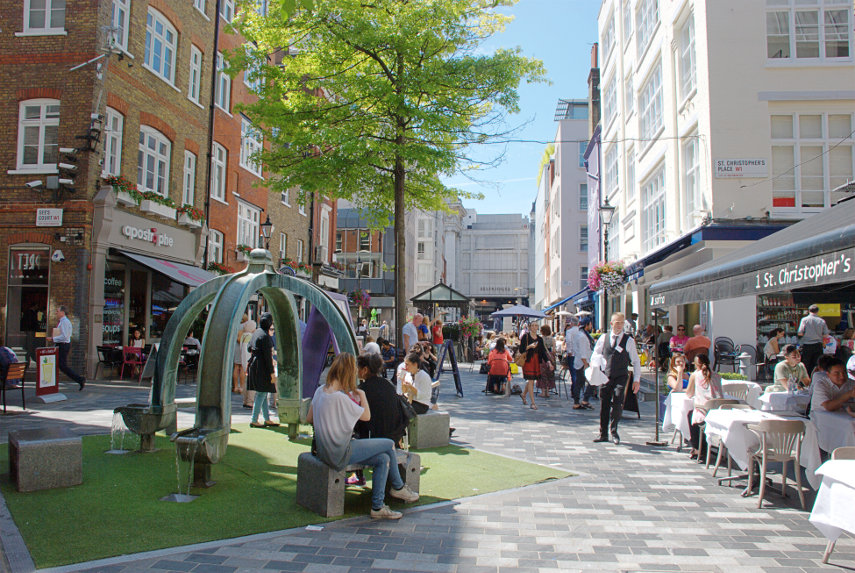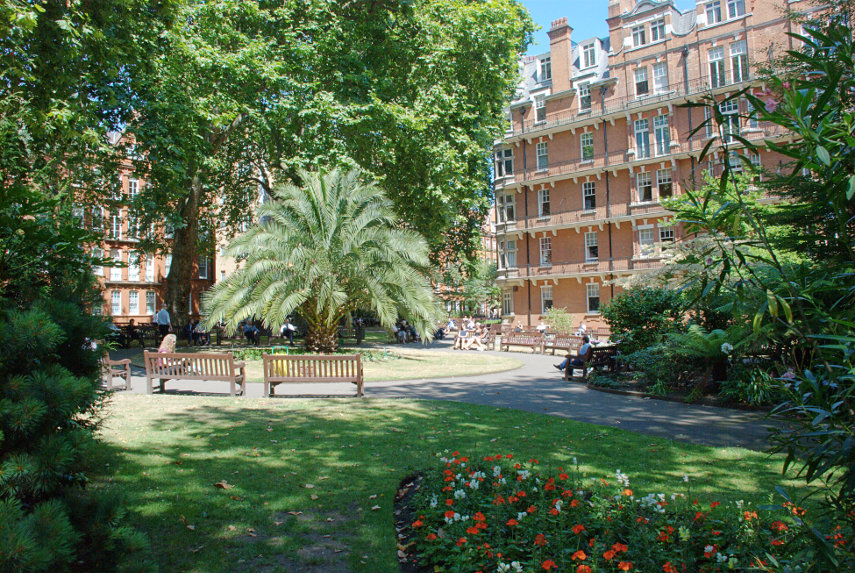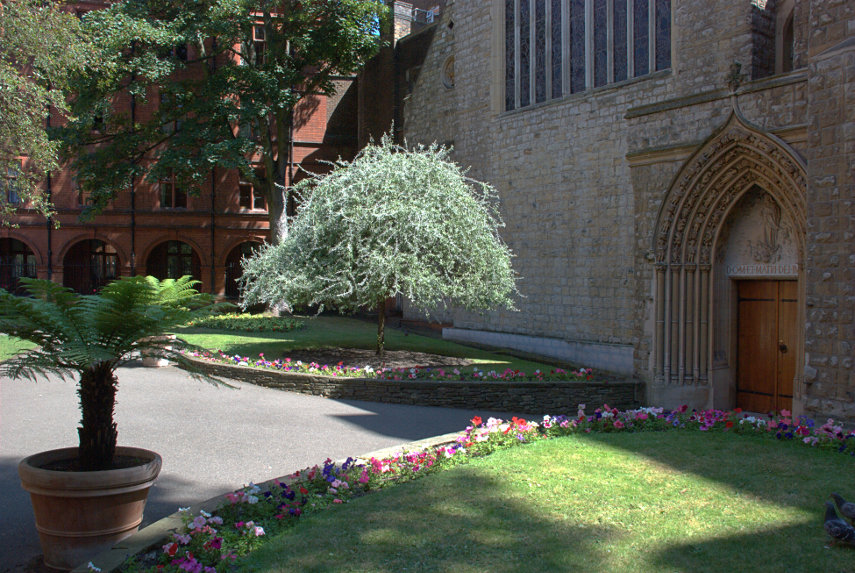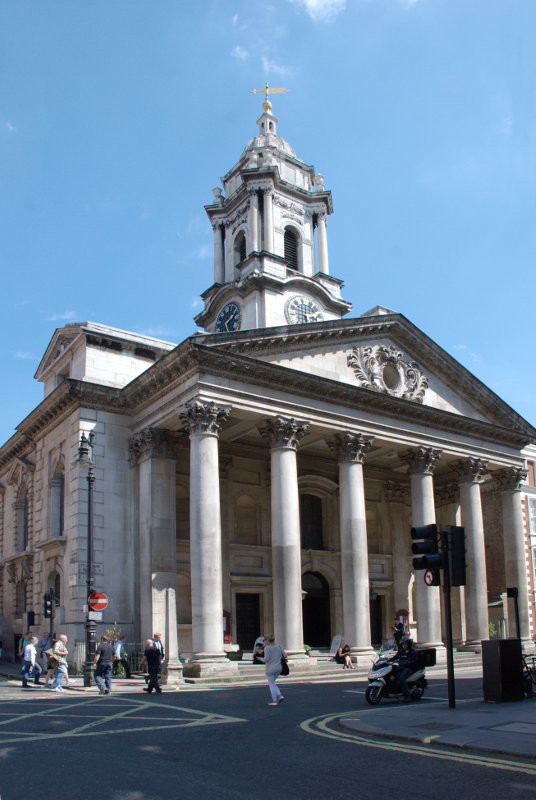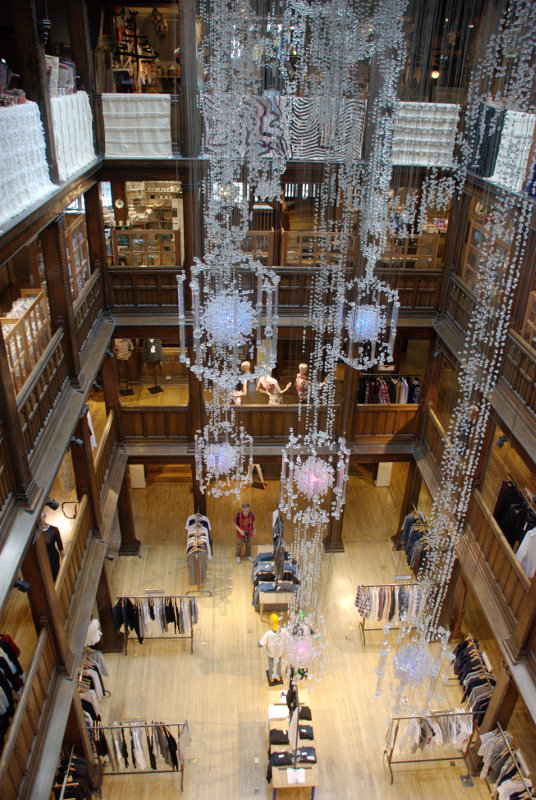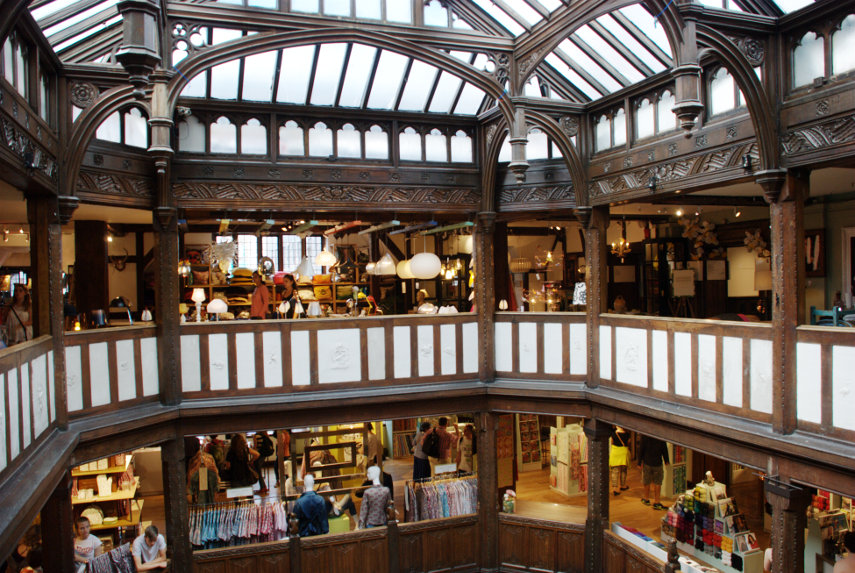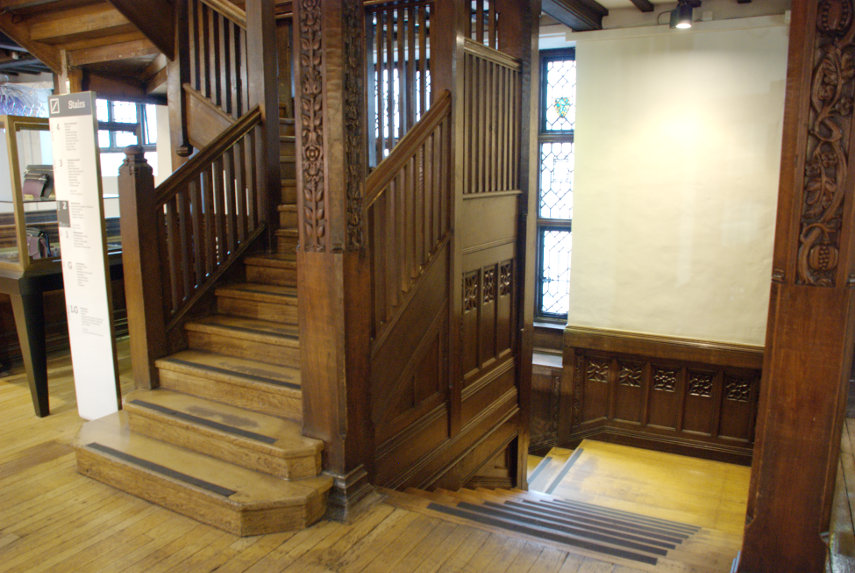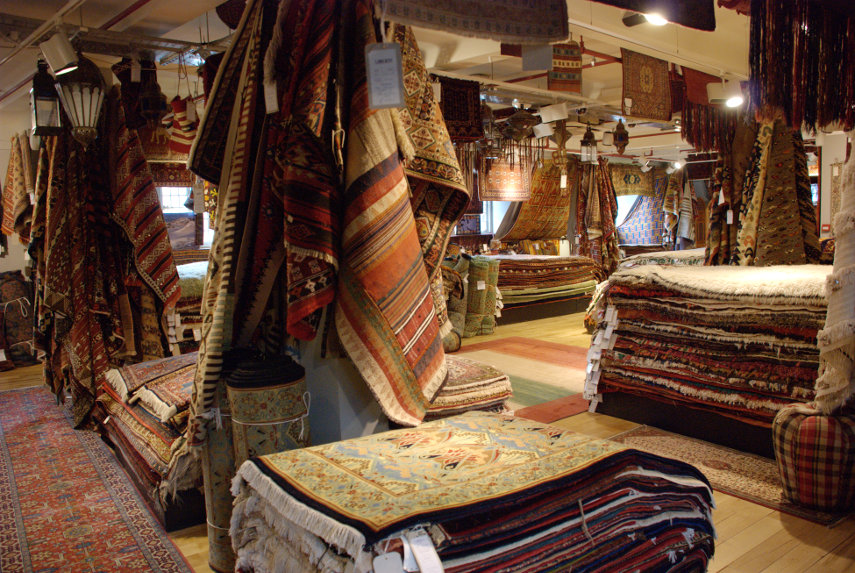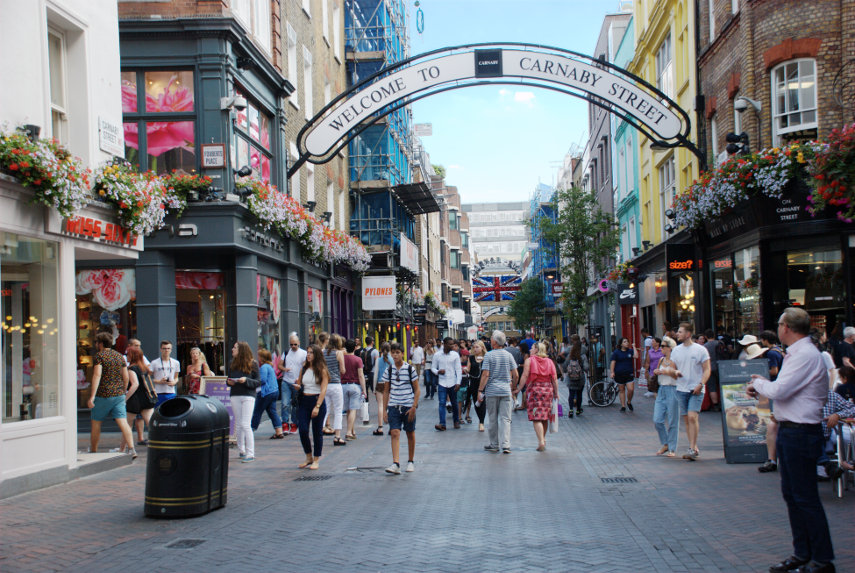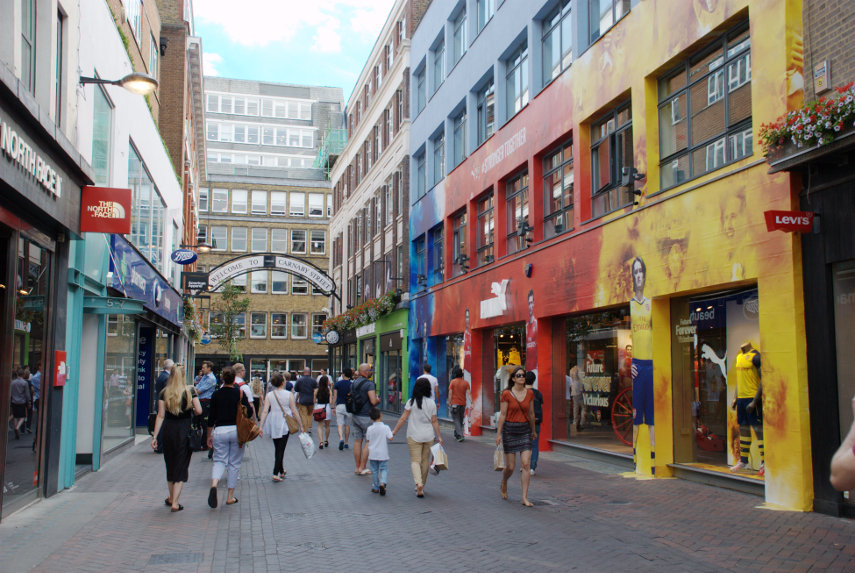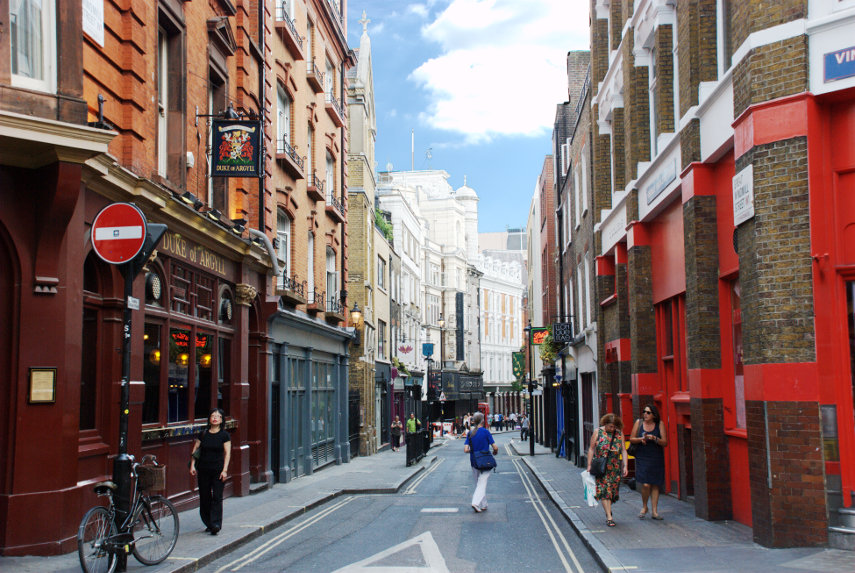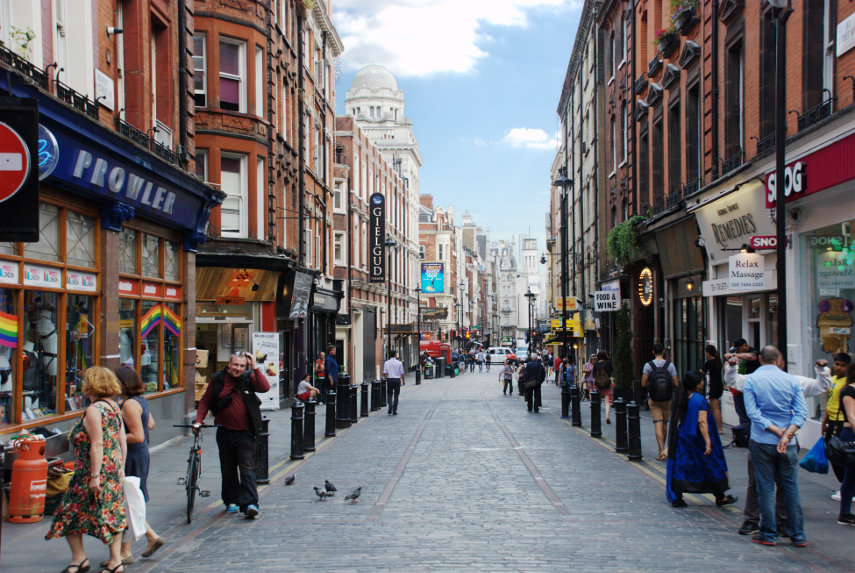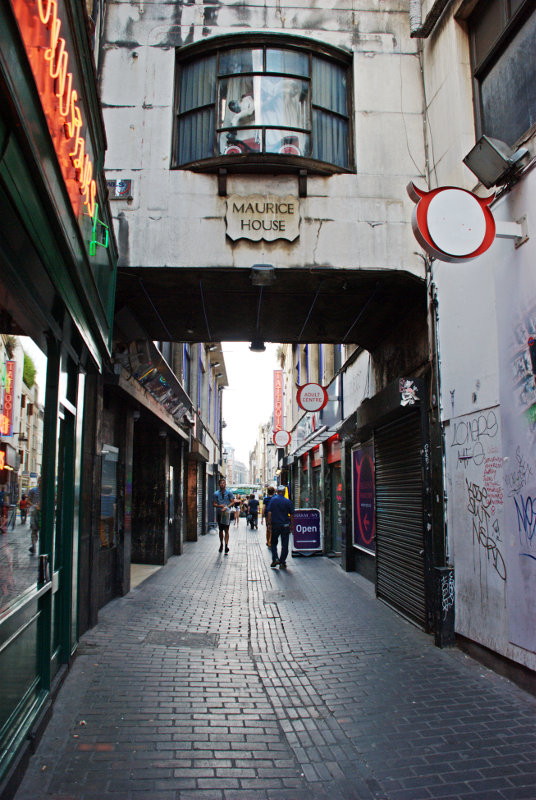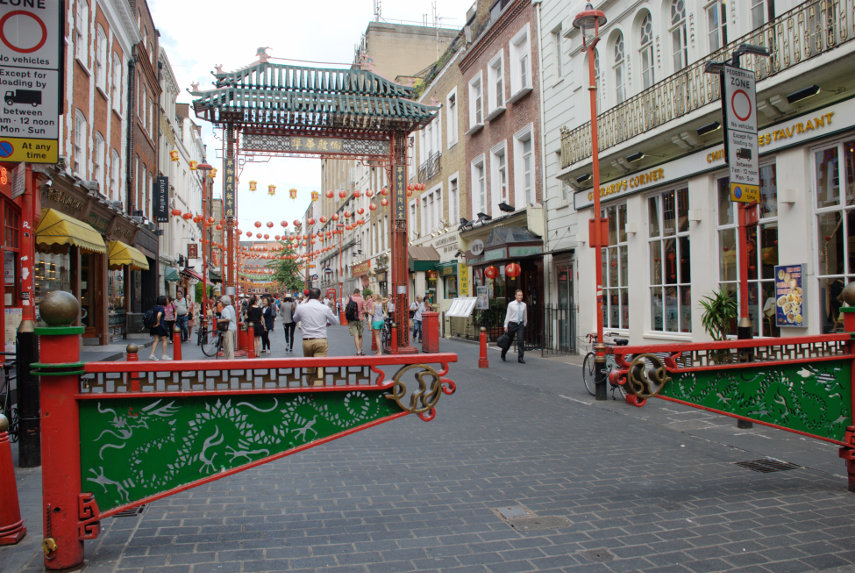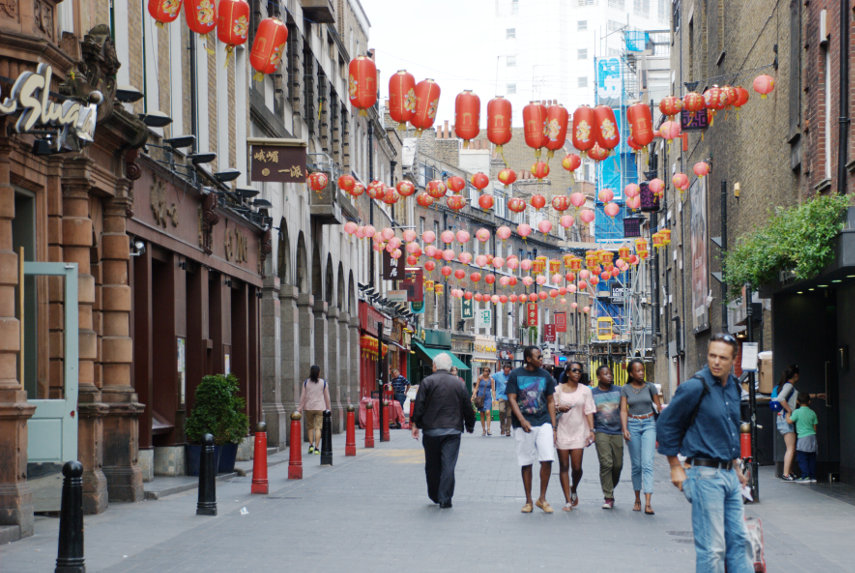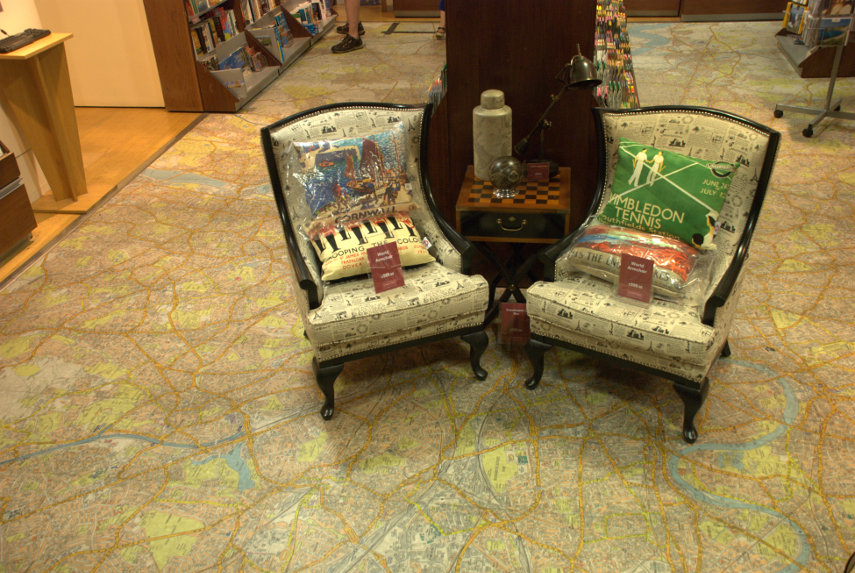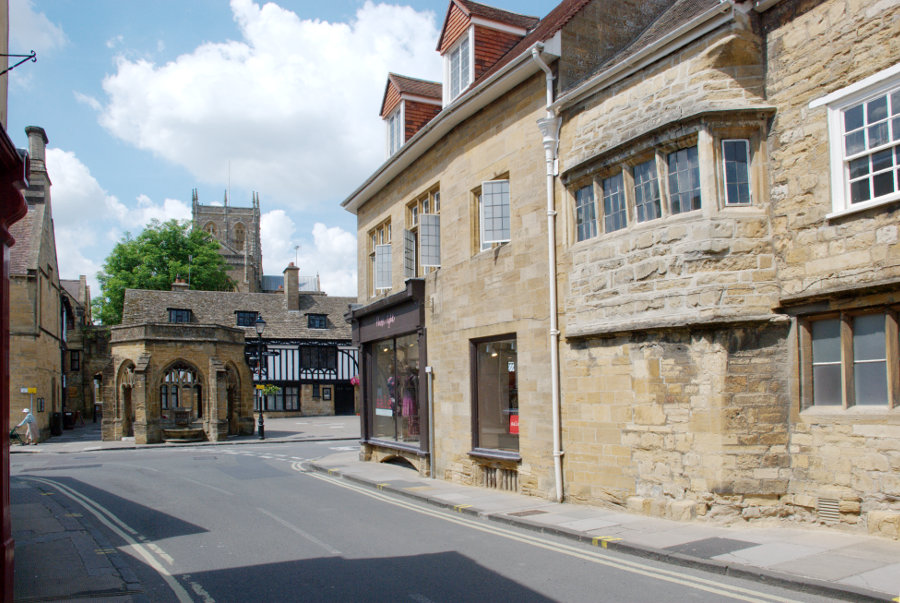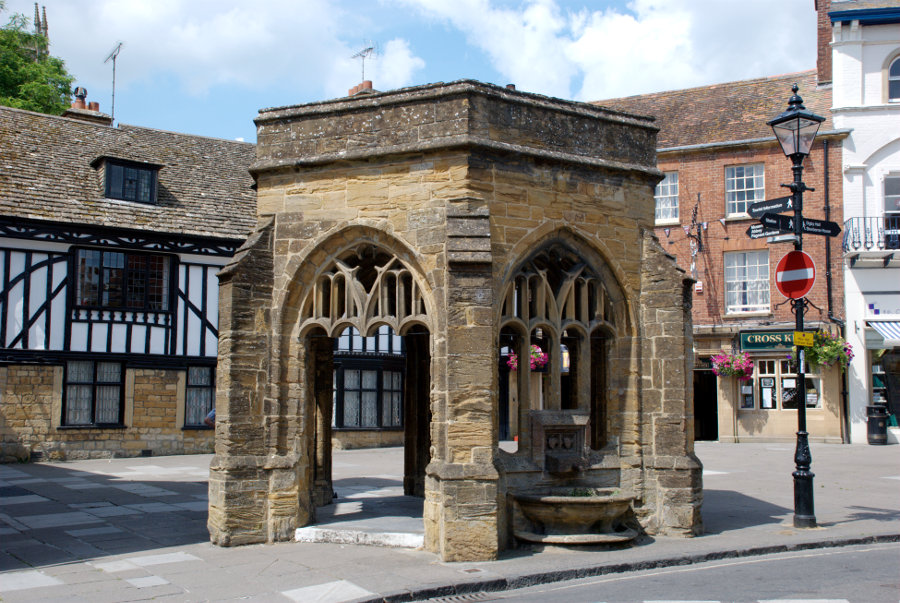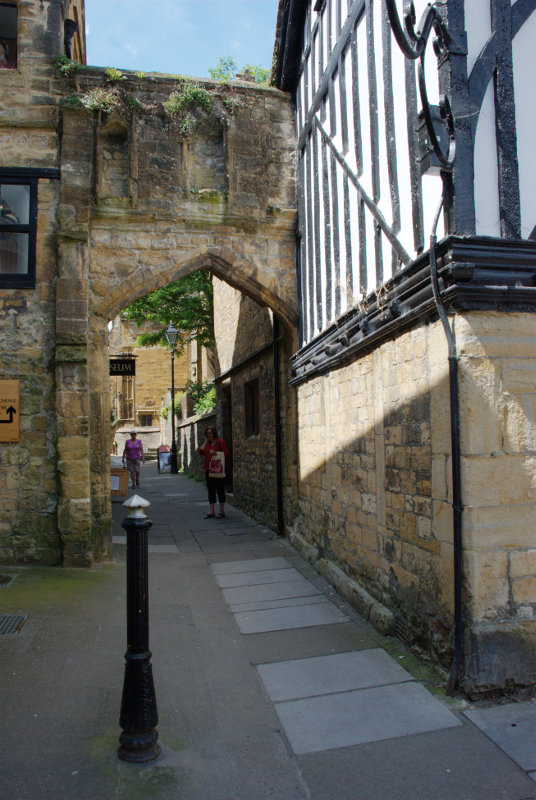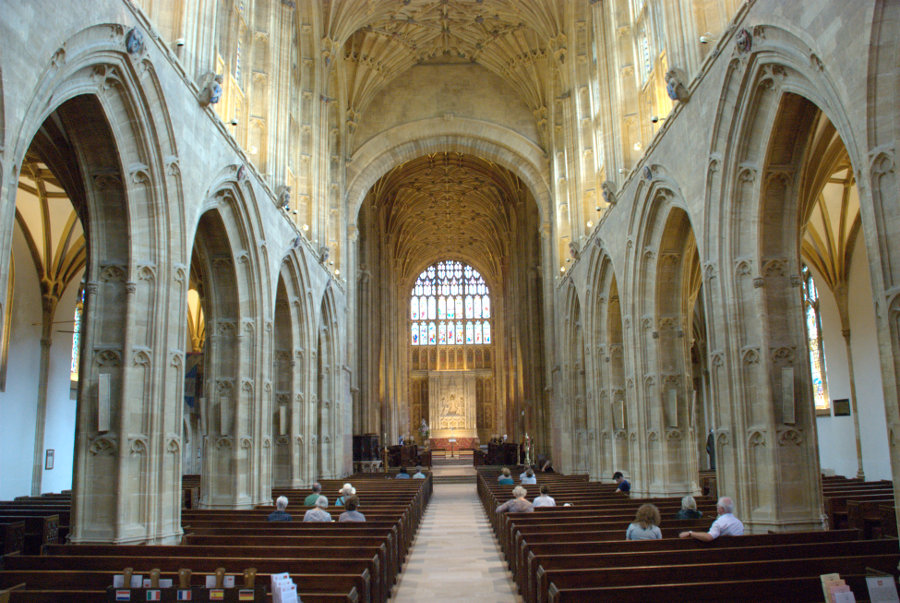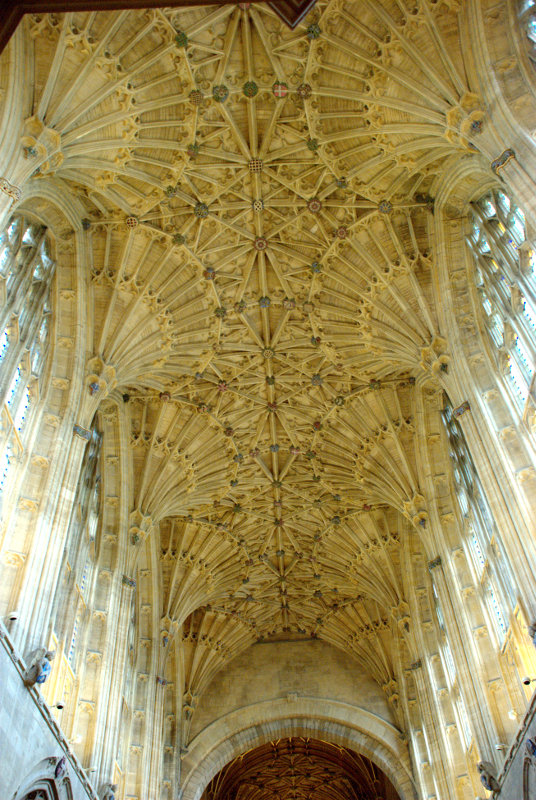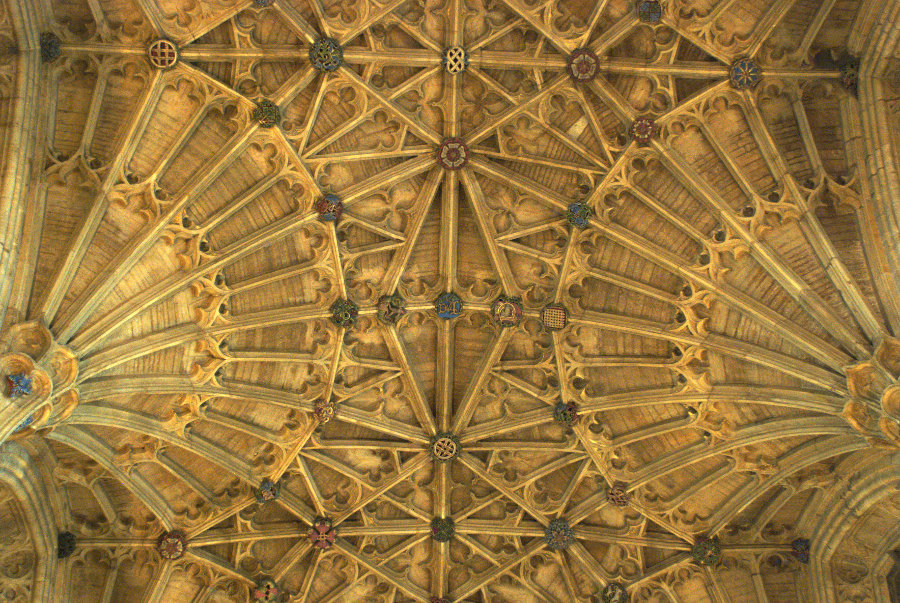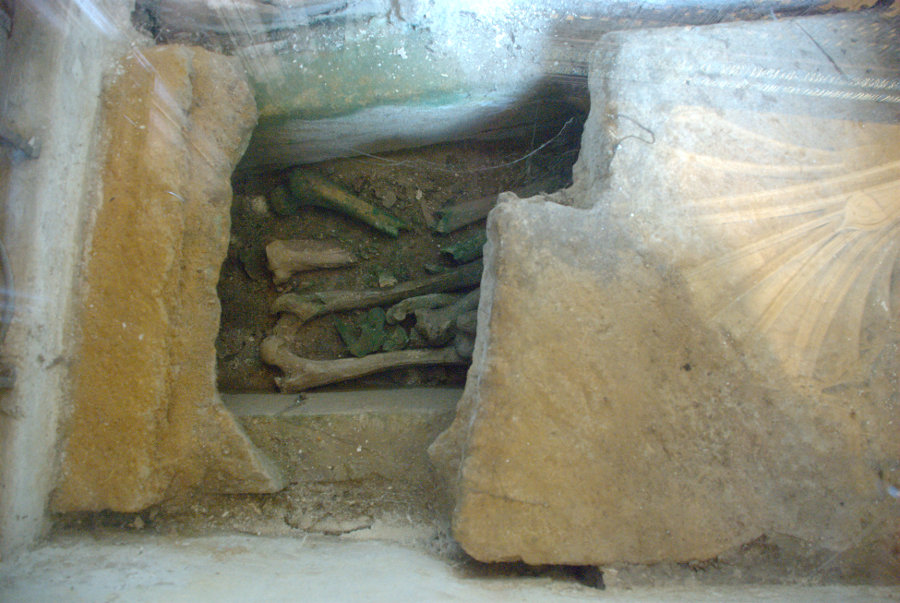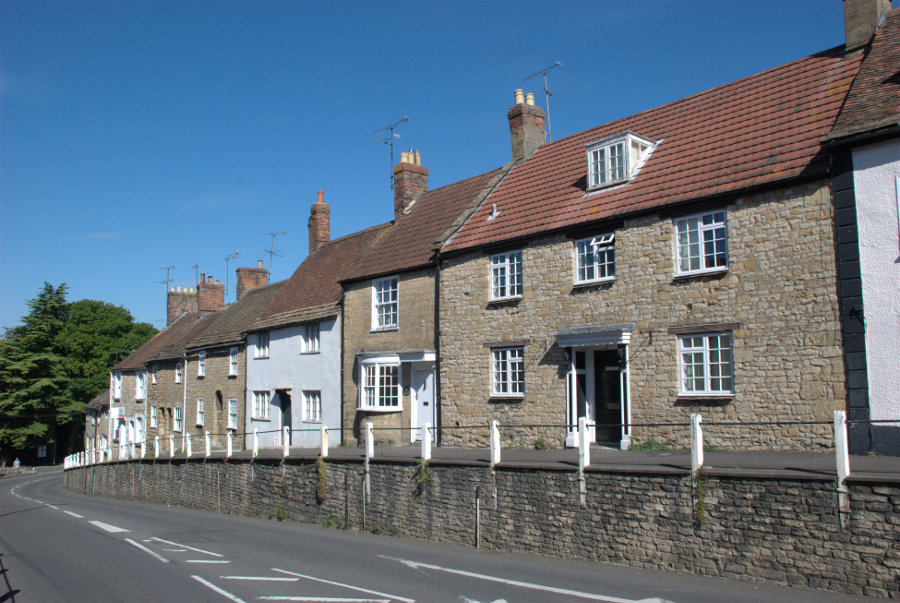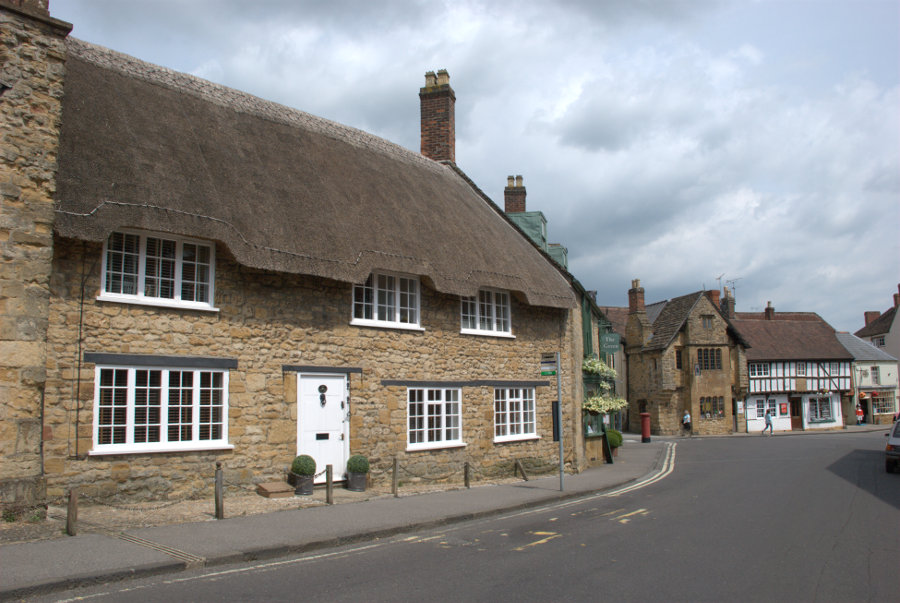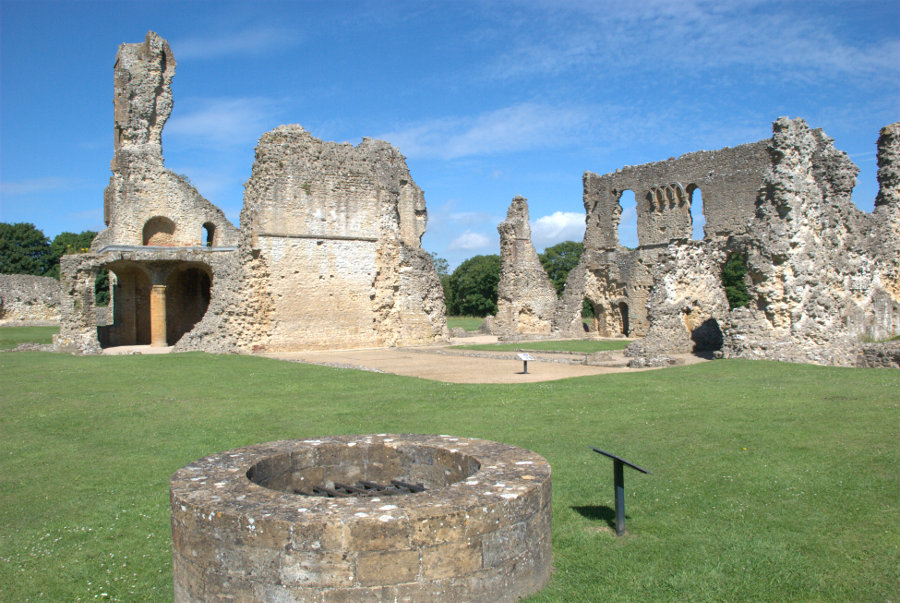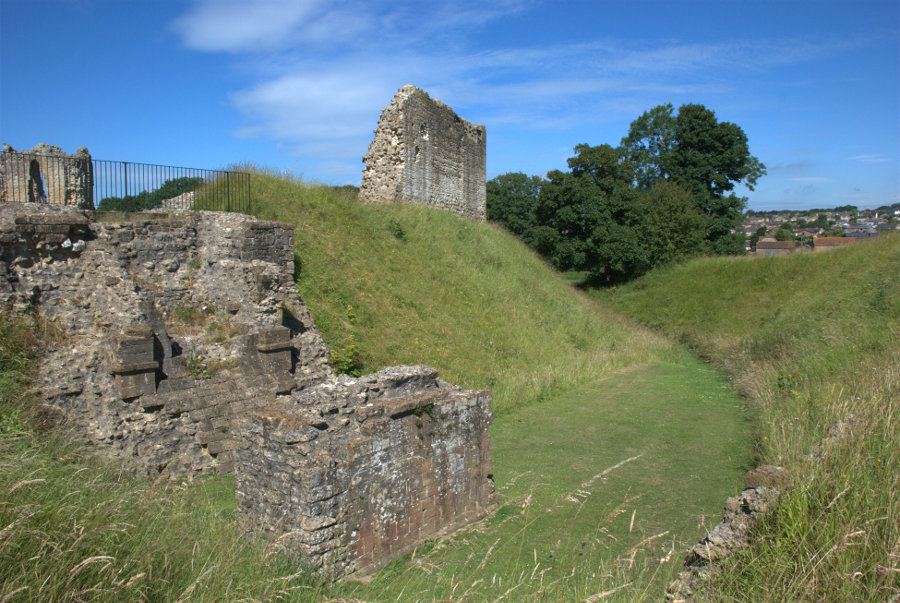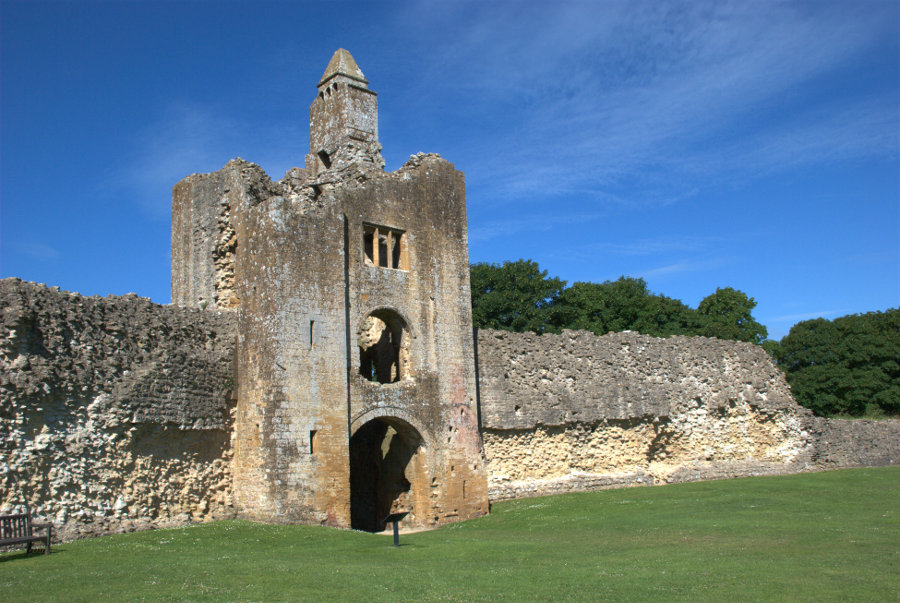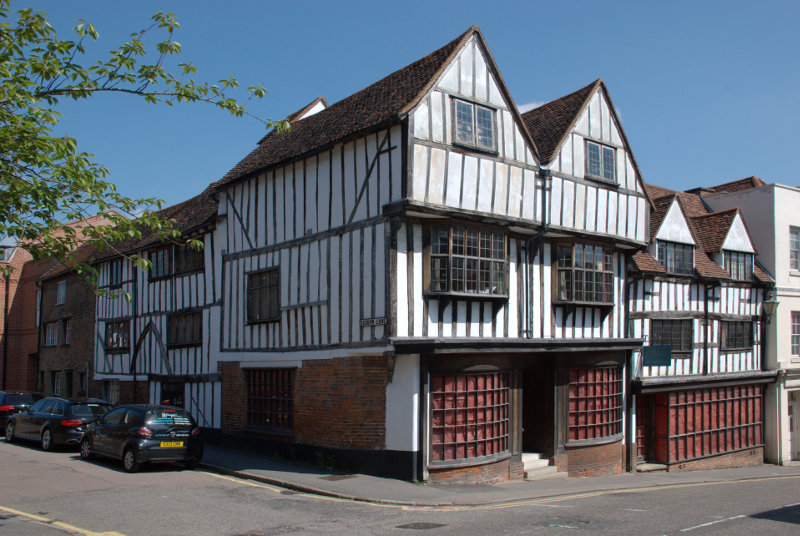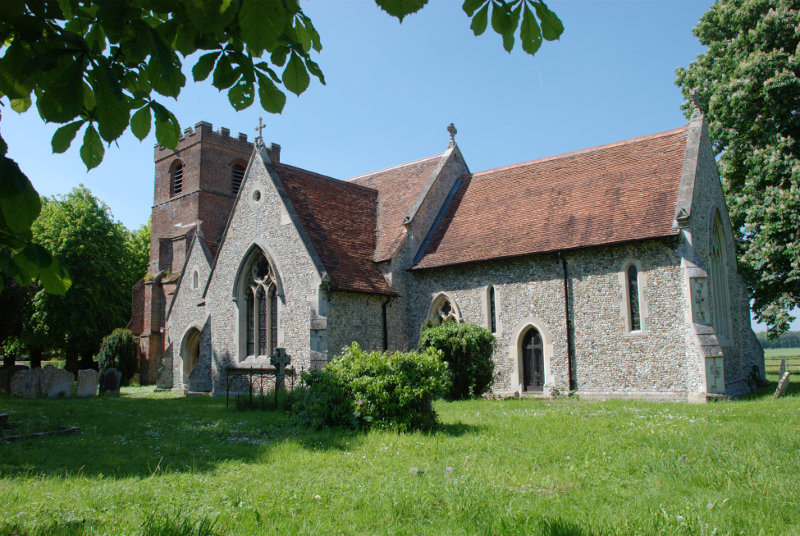Is there Much Wenlock?
Is there Much Wenlock? There is actually Little Wenlock!
Confused? I'll explain. Little Wenlock is a village, a little south of the town of Wellington in Shropshire, and Much Wenlock is a small market town also in Shropshire. The 'Much' part indicates that it is larger than Little Wenlock. We stayed in Much Wenlock for three nights at the Talbot Inn in High Street. High Street is only one vehicle wide which may give you an idea of the size of the place.
It is a nice little inn with a courtyard accessed through the arch.
The accommodation was basic but comfortable with the bedroom and bathroom ensuite and the food was good.
Immediately opposite the Talbot Inn was Raynald's Mansion dating from the early 1400s. A very impressive building but privately owned and not open to the public.
Near the end of High Street is The George pub and next to that is an alley.
An alley in the Shropshire dialect is a 'shut'. The name, apparently, comes from old english.
Opposite the far end of High Street in Wilmore Street is the 16th century Guildhall another impressive timber-framed building with an interesting interior. The Guildhall is open to the public between April and October on Friday, Saturday, Sunday and Monday.
A little further along Wilmore Street is the church built in 1150 by the Cluniac monks of Wenlock Priory.
A little further along the same road we found this rather interesting old police station. Victorian I imagine.
The following day we drove to Church Stretton and into Carding Mill Valley owned by the National Trust. This valley forms part of the Long Mynd which is a heath and moorland plateau and is, itself, part of the Shropshire Hills. The Long Mynd geology is mostly Pre-Cambrian and the high ground is designated as an Area of Outstanding Natural Beauty.
I realised at this point that I had left my camera back at the inn. Bother! (or something like that). So for this walk I had to use my smartphone camera.
We set off walking up the valley alongside the small stream.
You may have noticed that there is plenty of heather about. We reached the Lightspout Waterfall which may be only 12 feet high but attractive nevertheless.
I'm sorry about the strange lady but she just wouldn't get out of the way. At this point we decided that we'd had enough and went back the same way to the car. Driving back to Much Wenlock we stopped en-route to try and get a view from Wenlock Edge.
It was tricky finding a place where trees were not completely obscuring the view and that was the best that we could do.
The following day we went to Ludlow where we've been twice before and there are plenty of pictures of that town already on the web site so I didn't take any more especially as it was dull and cloudy.
From Ludlow we went to Bishops Castle; a little town near the Welsh border and this time I remembered to take my camera.
It was a nice little town but we felt that it had an odd atmosphere. We later decided it was because there were so few people around. I don't know why that would have been as there were plenty of shops and it was only late afternoon. Perhaps they had wind of our visit.
The following, and last, day we went to Shrewsbury on the bus. This is Shropshire's county town and I had been here once before about 60 years ago but could remember nothing about it and Amanda had not been here before.
We both liked Shrewsbury and it had plenty of interesting buildings, many of them timber-framed, and many interesting streets. We got off the bus in the Square right near the Old Market Hall (Elizabethan); the stone building on the left in the next photograph.
This next view is a short way from the bus stop.
Shrewsbury has plenty of narrow alleyways or 'shuts' as they are known in the local dialect although in the last of these three pictures the alley is labelled 'Compasses Passage'. I suppose that alley may have been built or renamed at a date when the term 'shut' had fallen into disuse.
Those steps in the corner of the next picture are Bear Steps named supposedly after a pub called The Bear which no longer exists. These steps take you through the 15th century building, part of which is visible to the left of the steps, and into St Alkmund's Place shown in the second picture below.
The next photograph is Henry Tudor House, in Barracks Passage, built in the early 15th century.
We walked to Shrewsbury Castle and had a brief look from the outside. The original castle was Norman but very little of that remains and the current building, in red sandstone, looks much more modern so we didn't go in.
However we did see this lovely timber-framed building by the castle entrance but I haven't been able to find out anything about it.
Shrewsbury was our last day so after returning to Much Wenlock for the night we travelled back home, without incident, the next day.













































